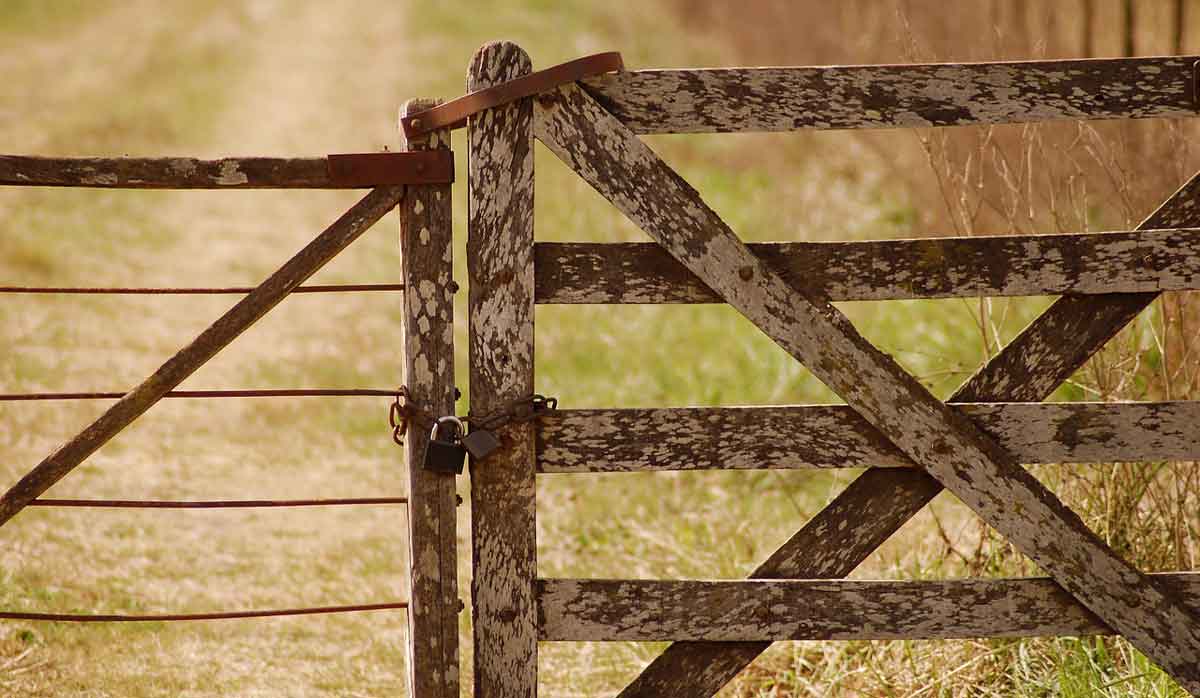MPI launches industry-wide project to manage feral deer
An industry-wide project led by Ministry for Primary Industries (MPI) is underway to deal with the rising number of feral pests, in particular, browsing pests such as deer and pigs.
More than a quarter of NZ’s dairy farmers have debt to equity ratios of more than 70%.
Some have as little as 4% equity in their properties.
These facts are contained in the latest Ministry for Primary Industries situation and outlook report. It warns that with such high debt levels, owners of these farms may not be able to meet the challenges and changes which lie in store for the sector.
The report paints a generally rosy outlook for the sector as a whole. It expects dairy export revenue to rise and a combination of factors likely to lead to high farmgate milk prices and robust profitability for the coming season. However, the report devotes an entire section on the debt issue.
It notes that over the last two decades, conversions and profitability have resulted in a 20% increase in the country’s dairy platform, a 25% increase in the size of the dairy herd and 58% increase in total milksolids production. But this, the report says, has come at a price with dairy farm debt increasing by 267% since 2003 – resulting in total dairy sector debt now standing at $41.4 billion.
In a section headed ‘financial vulnerability in the dairy sector’; the MPI report notes that while the use of debt to fund business and industry growth can play an important role in economic success. But says it appears that with this expansion, the risk level has in the dairy sector has increased significantly.
The report notes, for example, that the average debt per hectare on dairy farms now stands at $23.6k – three times what it was 20 years ago. It also points out that despite low interest rates in recent years, the annual cost of servicing debt from production has risen 11 cents to the present $1.22/kgMS.
 |
|---|
|
The average debt per hectare on dairy farms is now three times what it was 20 years ago. |
It adds that this sets the stage for problems in the future for those farming operations that are heavily indebted to meet the suite of environmental requirements that are already in place or have been signalled by the government.
These include the ability to invest in technology and infrastructure to reduce the sector's impact on freshwater quality and climate change. Consequently, MPI is predicting limited intensification and a reduction in the size of the national milking and herd size.
To add to the woes of some farmers, news that most banks are pulling back from the sector and requiring the active repayment of loans will also have consequences.
The Reserve Bank’s announcement just before Christmas requiring banks to hold more capital is set to put a squeeze on credit to farmers.
For over 20 years, Whakatane farmer Gerard Van Beek has been attending Fonterra annual general meetings with the same message - it's time to include lactose in the co-op's farmgate milk price model.
Retiring Fonterra director Andy Macfarlane believes the co-operative has made good progress over the past decade but adds that there's still a way to go.
Visiting US climate change expert Dr Will Happer says the idea of reducing cow numbers to greatly reduce methane emissions is crazy.
Federated Farmers has launched a new campaign, swapping "The Twelve Days of Christmas" for "The Twelve Pests of Christmas" in an effort to highlight the most troublesome farm pests.
The Rapid Relief Team (RRT) has given farmers in the Tararua District a boost as they rebuild following recent storms.
The Government is set to announce two new acts to replace the contentious Resource Management Act (RMA) with the Prime Minister hinting that consents required by farmers could reduce by 46%.

OPINION: Your old mate welcomes the proposed changes to local government but notes it drew responses that ranged from the reasonable…
OPINION: A press release from the oxygen thieves running the hot air symposium on climate change, known as COP30, grabbed your…